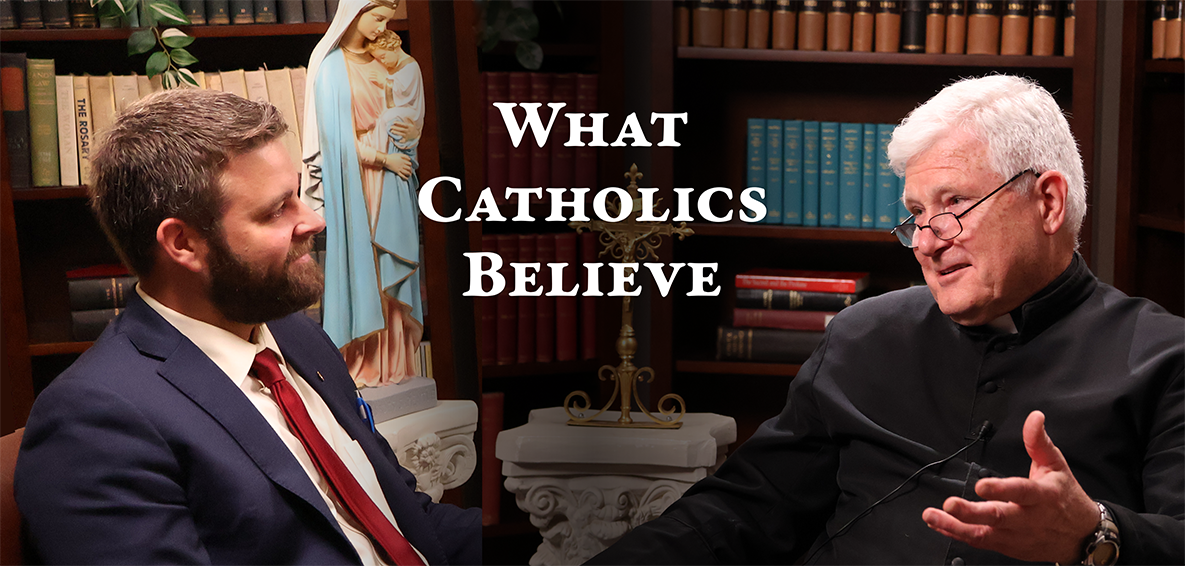Tuesday in Holy Week
Today, again, our Saviour sets out in the morning for Jerusalem. His intention is to repair to the temple, and continue His yesterday's teachings. It is evident that His mission on earth is fast drawing to its close. He says to His disciples: "You know that after two days shall be the Pasch, and the Son of Man shall be delivered up to be crucified.”
On the road from Bethania to Jerusalem, the disciples are surprised at seeing the fig tree, which their divine Master had yesterday cursed, now dead. Addressing himself to Jesus, Peter says: “Rabbi, behold, the fig tree, which Thou didst curse, is withered away.” In order to teach us that the whole of material nature is subservient to the spiritual element when this last is united to God by faith, Jesus replies: “Have the faith of God. Amen I say to you, that whosoever shall say to this mountain: Be thou removed and cast into the sea! and shall not stagger in his heart, but believe that whatsoever he saith shall be done, it shall be done unto him.”
Having entered the city, Jesus directs His steps towards the temple. No sooner has He entered, than the chief priests, the scribes, and the ancients of the people, accost Him with these words: “By what authority dost Thou these things? and who has given Thee this authority, that Thou shouldst do these things?” We shall find our Lord's answer given in the Gospel. Our object is to mention the leading events of the last days of our Redeemer on earth; the holy volume will supply the details.
As on the two preceding days, Jesus leaves the city towards evening: He passes over Mount Olivet, and returns to Bethania, where He finds His blessed Mother and His devoted friends.
In today's Mass, the Church reads the history of the Passion according to St. Mark, who wrote his Gospel the next after St. Matthew; hence it is that the second place is assigned to him. His account of the Passion is shorter than St. Matthew's, of which it would often seem to be a summary; and yet certain details peculiar to this evangelist were evidently furnished by an eye-witness. Our readers are aware that St. Mark was a disciple of St. Peter, and that his Gospel was written under the very eye of the prince of the apostles.
—
Text taken from Guéranger's The Liturgical Year

